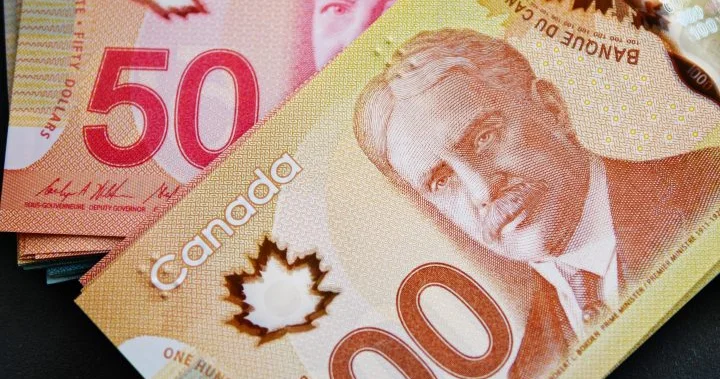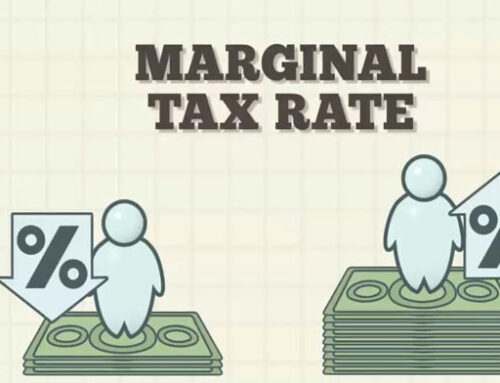Residents of Alberta, Ontario, Manitoba, and Saskatchewan have been receiving a refundable tax credit through the Climate Action Incentive Payment (CAIP) decoding the CAIP for several years. Now, starting in July 2023, residents of Nova Scotia, Prince Edward Island, and Newfoundland & Labrador will also be eligible for these payments.
These payments are provided to residents who are impacted by the federal fuel charge, commonly known as the “carbon tax,” as a part of the Canadian government’s climate change plan. This initiative aims to protect the environment and facilitate the transition towards affordable and sustainable practices.

Understanding the Fuel Charge: How It Works and Its Connection to the CAIP
Instead of receiving a separate bill, the fuel charge is incorporated directly into the price of gasoline when you refuel your vehicle or into your home heating bills. This charge serves as an incentive for us to make environmentally friendly choices and encourages businesses to explore sustainable solutions for decoding the CAIP. By protecting the environment and fostering economic growth, we all benefit from this approach. The CAIP aims to offset the expenses incurred from the fuel charge, thereby providing some financial relief to individuals.
Understanding the Relationship Between Decoding the CAIP and CAI Rebate: Changes and Payment Schedule
The climate action incentive payment (CAIP) has replaced the climate action incentive (CAI) rebate.
Starting from the 2021 tax year, the CAIP can no longer be claimed as a lump sum refundable tax credit. Instead, you will receive tax-free payments in April, July, October, and January for decoding the CAIP. In the Atlantic provinces, the initial payment in 2023 will be made in July and will include the CAIP amount owed from April 2023. Subsequent payments will follow in October and then January 2024. From 2024 onwards, the CAIP will be disbursed in four installments.
Obtaining the CAIP: Eligibility and Supplement for Small/Rural Communities
If you reside in Ontario, Manitoba, Alberta, Saskatchewan, Nova Scotia, Prince Edward Island, or Newfoundland & Labrador, you will automatically receive the climate action incentive payment (CAIP) once you file your tax return. The first payment for residents of the Atlantic provinces will be issued in July 2023.
For individuals living in small or rural communities, an additional step may be required. You would need to check the designated box on page 2 of the T1 form to indicate your eligibility for the extra 10% supplement. This supplement acknowledges that rural residents likely consume more energy and have limited public transportation options, compared to their urban counterparts. The 10% supplement applies everywhere except for Prince Edward Island, decoding the CAIP where all residents automatically receive the 10% supplement for small and rural communities.
Also read: Are you at risk of being penalized with the Underused Housing Tax?
Why Am I Ineligible for the Tax Credit if I Don’t Reside in the Listed Provinces?
Residents of provinces not listed for the climate action incentive payment (CAIP) decoding the CAIP are not eligible for this tax credit. The reason behind this is that these provinces either have an existing provincial carbon tax or their provincial governments are developing a carbon pollution pricing system that aligns with the federal standards. As a result, residents in these provinces are not subjected to the federal fuel charge and therefore do not qualify for the decoding the CAIP.

Determining Your Expected CAIP Amount and Reporting Changes
The amount you can expect to receive as part of the climate action incentive payment (CAIP) depends on various factors such as your province of residence, marital status, and the number of children in your family. It’s important to note that your eligibility for the CAIP is determined at the beginning of the month when you receive a payment (April, July, October, or January), rather than at the end of the tax year (December 31) decoding the CAIP. Therefore, if your family situation changes, you must inform the Canada Revenue Agency (CRA). Situations that require notification include:
- Separation from your spouse or common-law partner
- Relocation from an eligible province (Alberta, Saskatchewan, Manitoba, Ontario, Nova Scotia, Prince Edward Island, or Newfoundland & Labrador) to an ineligible province
- Your dependent (under 19 years old) no longer residing with you
The average incentive amounts for an average family of four are as follows: $1,101 in Saskatchewan, $832 in Manitoba, $745 in Ontario, $1,079 in Alberta, $1,312 in Newfoundland & Labrador, $992 in Nova Scotia, and $960 in Prince Edward Island.
Recent Posts
FAQ
Who is eligible to receive the climate action incentive payment (CAIP)?
If you reside in Ontario, Manitoba, Alberta, Saskatchewan, Nova Scotia, Prince Edward Island, or Newfoundland & Labrador, you are eligible to automatically receive the climate action incentive payment (CAIP) once you file your tax return. The first payment for residents of the Atlantic provinces will be issued in July 2023.



